Animal Rights Activists Occupy Brooklyn Slaughterhouse on Good Friday
The News
On Good Friday, 15 animal rights activists occupied a slaughterhouse in Brooklyn in an effort to draw public attention to the lambs who are killed for Easter dinner. They remained inside until the police arrived 20 minutes later. While they were unable to rescue any animals, they did capture footage of lambs and goats in their final moments.
“We wanted to appeal to the conscience of the management during the holiday weekend by giving them the chance to spare two lives,” said Jill Carnegie, one of the protest organizers. “Even with the theme of “new life” spanning multiple belief systems, they refused. As a result, we felt compelled to occupy their place of business.”
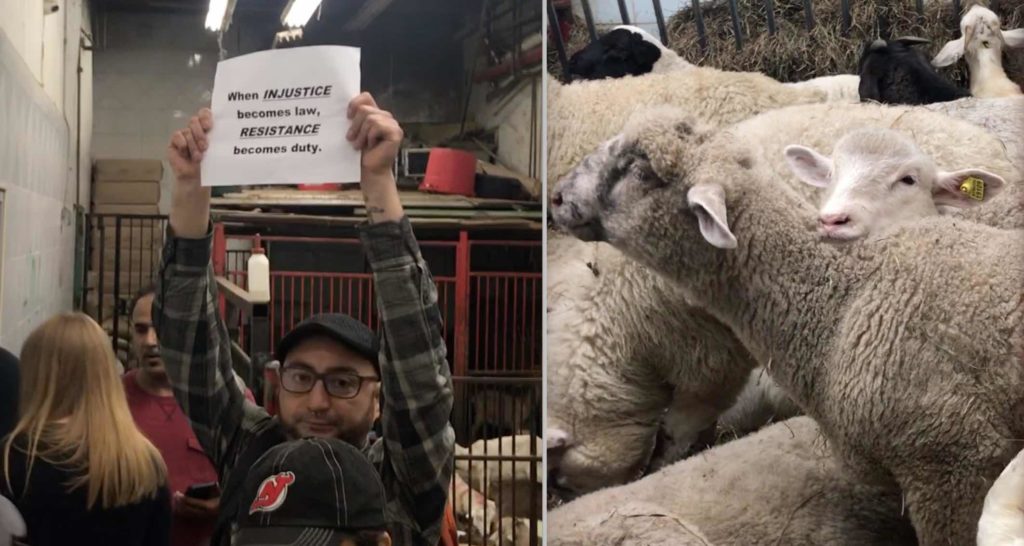
Animal rights activists ask slaughterhouse owner to show mercy during the Easter holiday by giving them two lambs.
During the Easter holiday weekend, animal rights activists around the world took to social media to address the inconsistency of eating animals during Easter, a holiday that celebrates life. Almost 1,000 people shared words of wisdom posted by vegan spokesperson Ed Winters, also known as Earthling Ed.
“The cultural tradition of butchering lambs for Easter is so brutally contradictory with our cultural fondness of lambs. Lambs are found in so many things related to human children – books, toys, clothes, decor, nursery rhymes and fairytales. We connect them with our own children as they are full of innocence and life.
Sheep have a deep bond with their young, and lambs are known to form very close relationships with their mothers. Sheep, like all maternal parents (human and non-human), get distressed when they can’t find their children. So the sheep whose children are used for lamb ‘production’ suffer huge amounts of grief and turmoil when their babies are taken from them year after year. We eat babies in the name of tradition, and we destroy families in the name of peace. This isn’t in our nature, as we would never take a child to a slaughterhouse to witness how a ‘leg of lamb’ arrived at the family dinner table.
Easter is a celebration of life, so why must so many suffer and die? Blood does not need to be shed in order for us to celebrate. The foundations of so many of our traditions come from the idea of unity and togetherness, so indeed today and everyday let us live by those values and pledge to not only live in unity with our own species, but all species.”
Filed under: Food
Tagged with: sheep, vegan



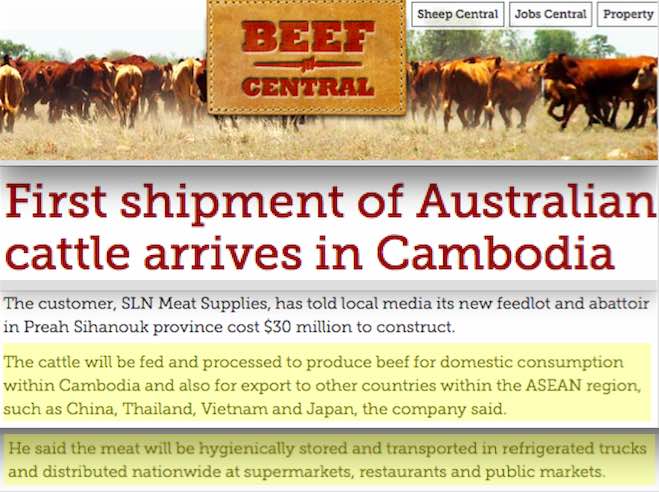
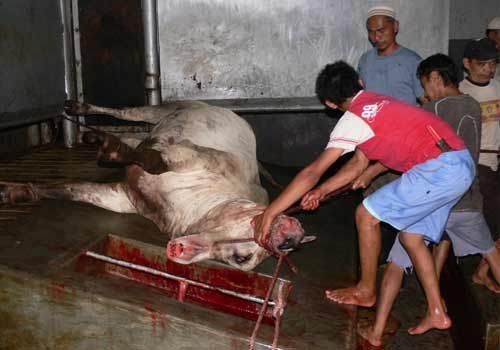
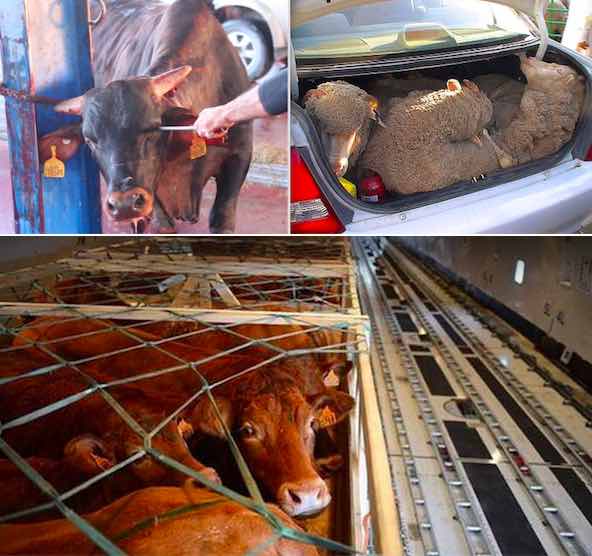
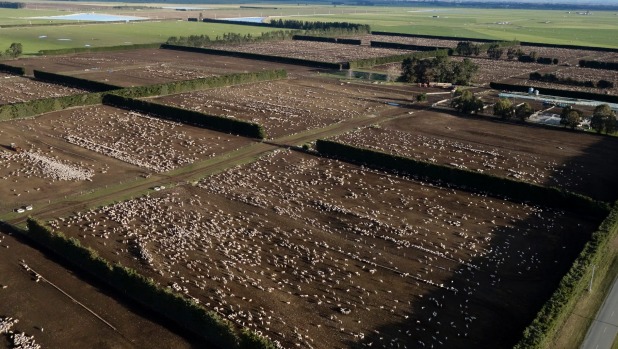
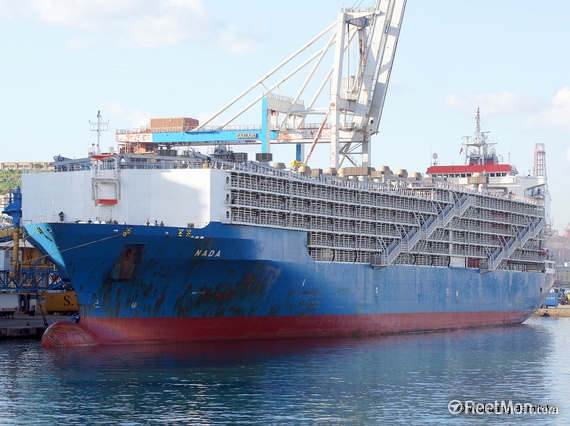

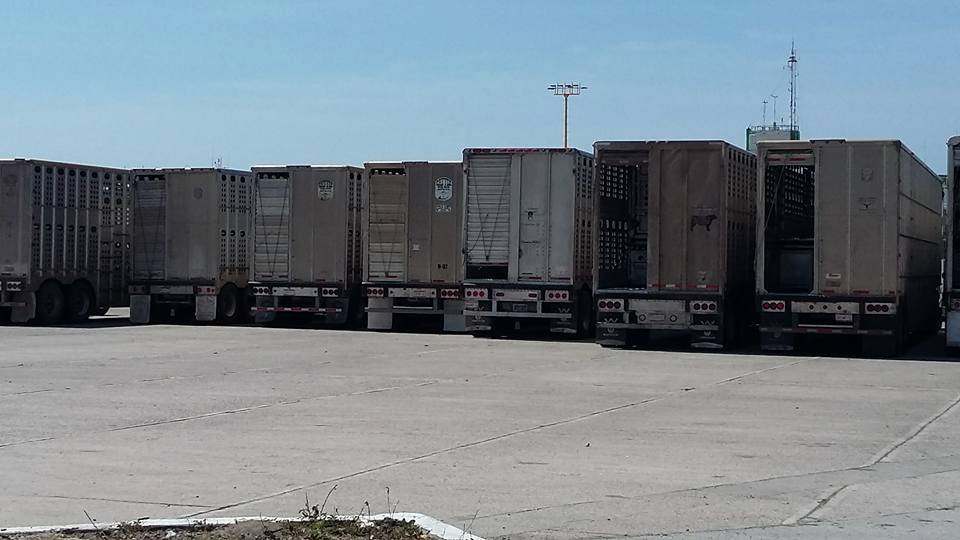
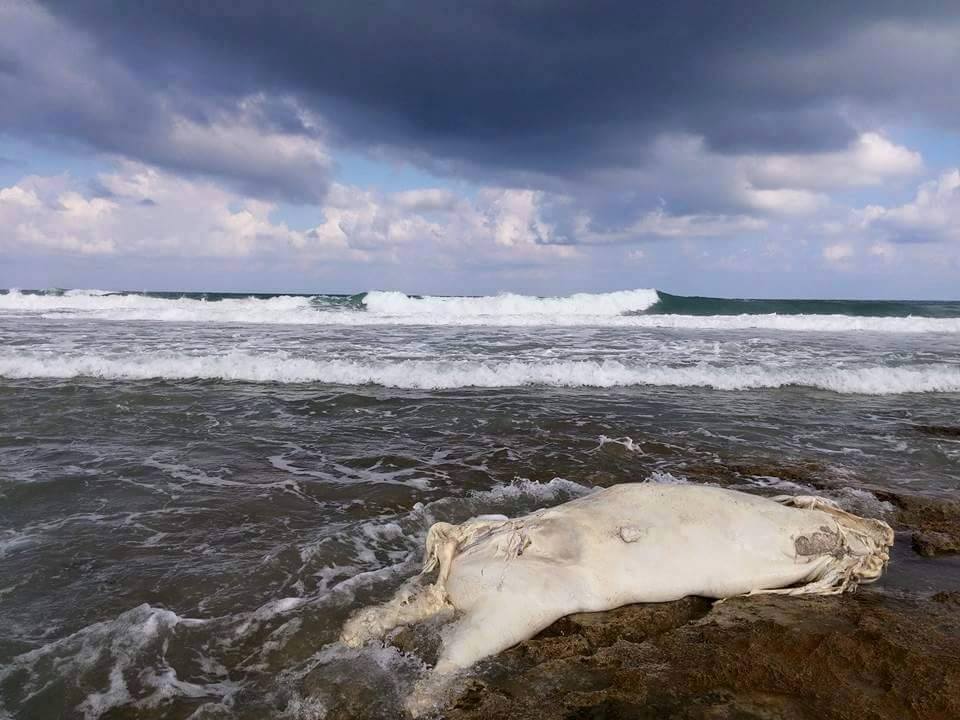
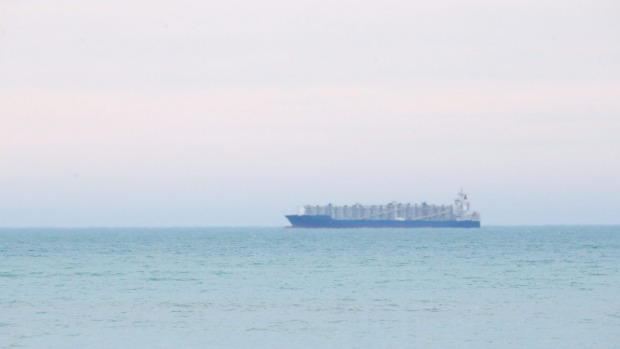
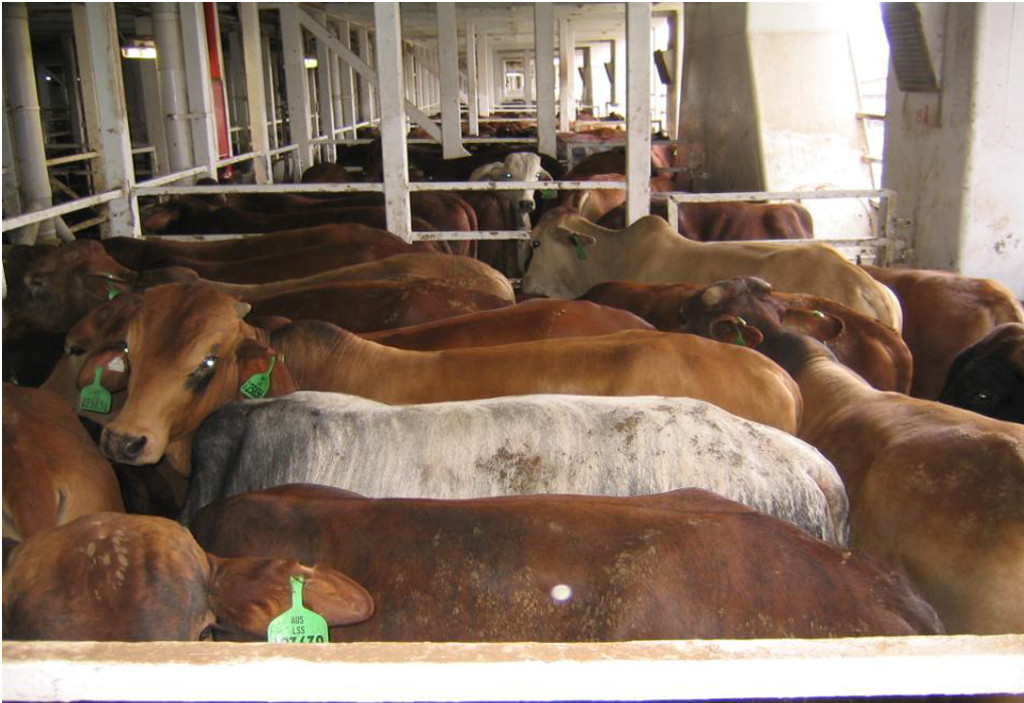
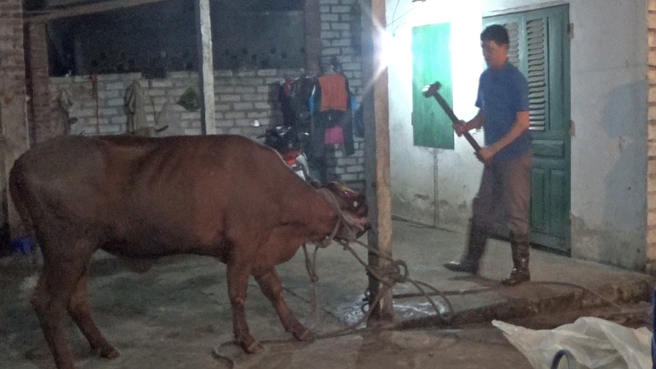
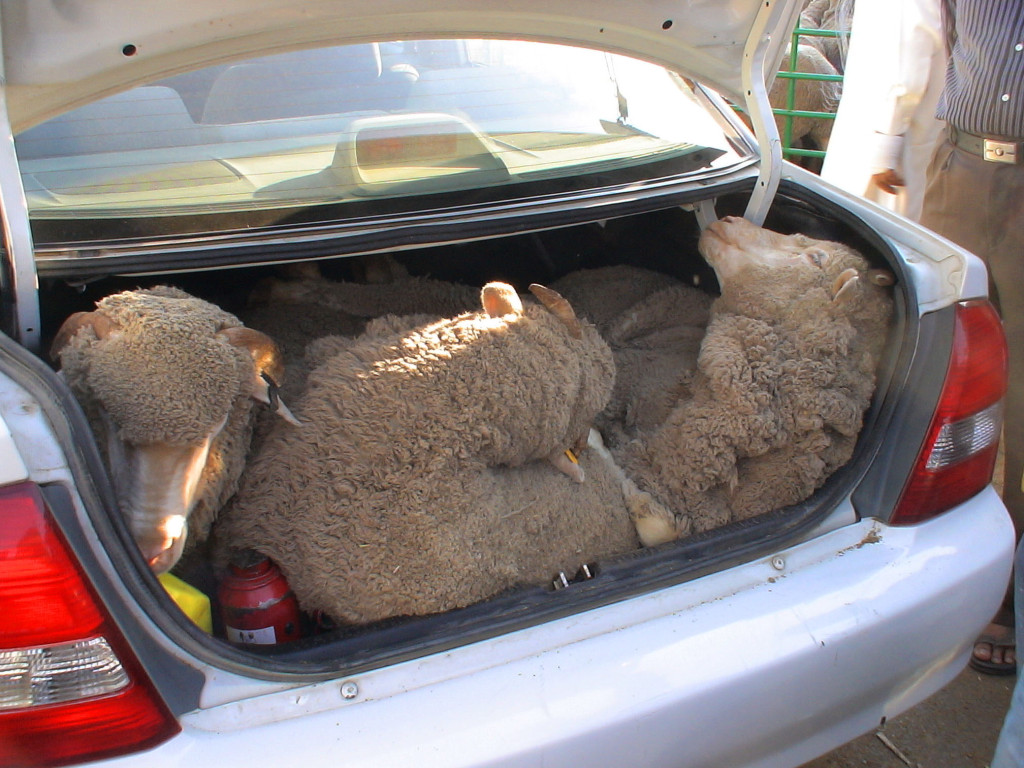
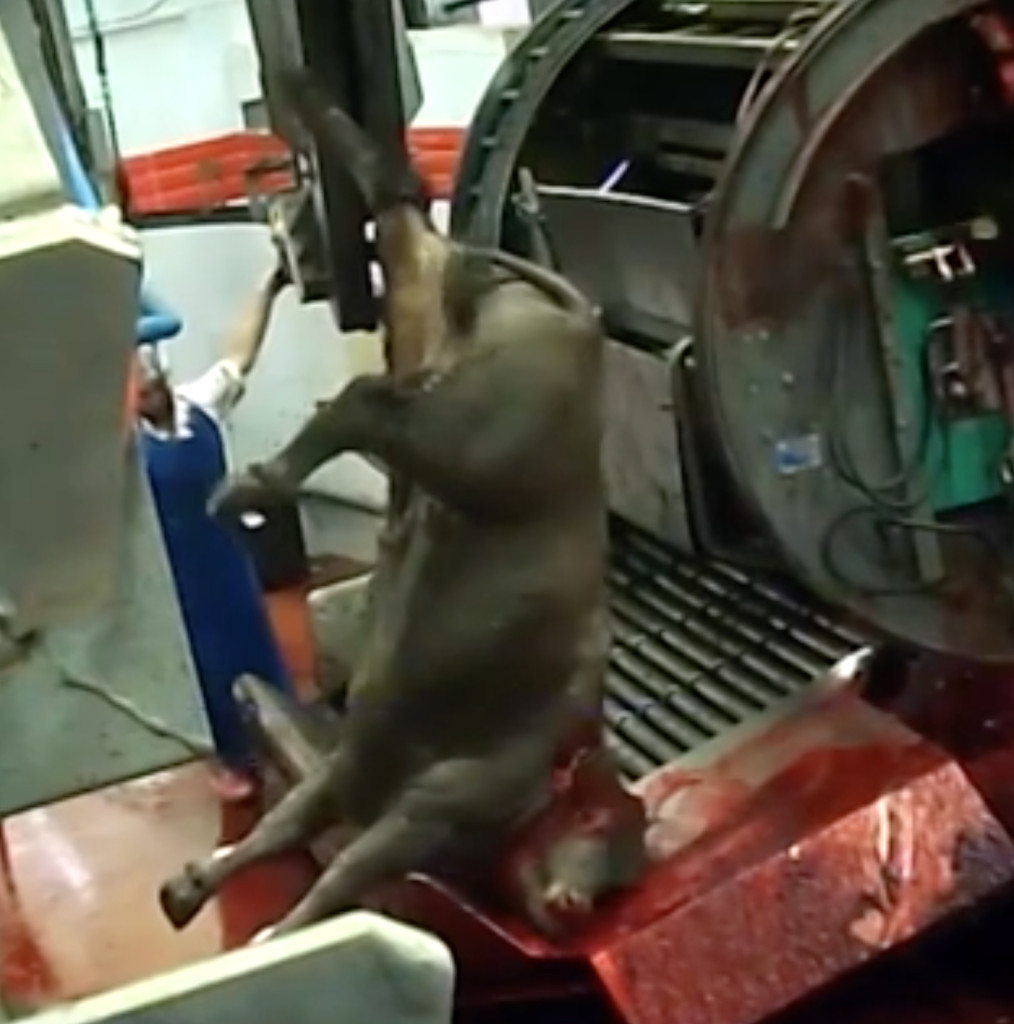
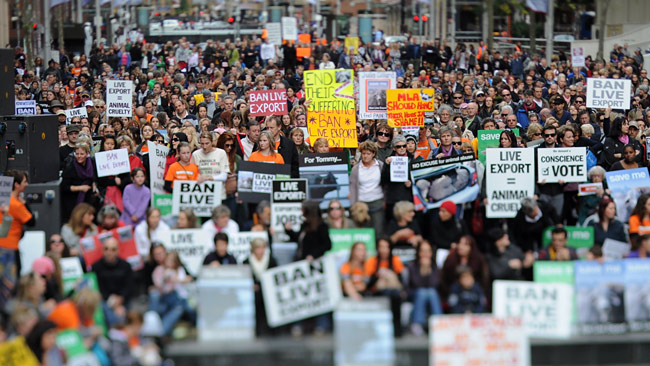
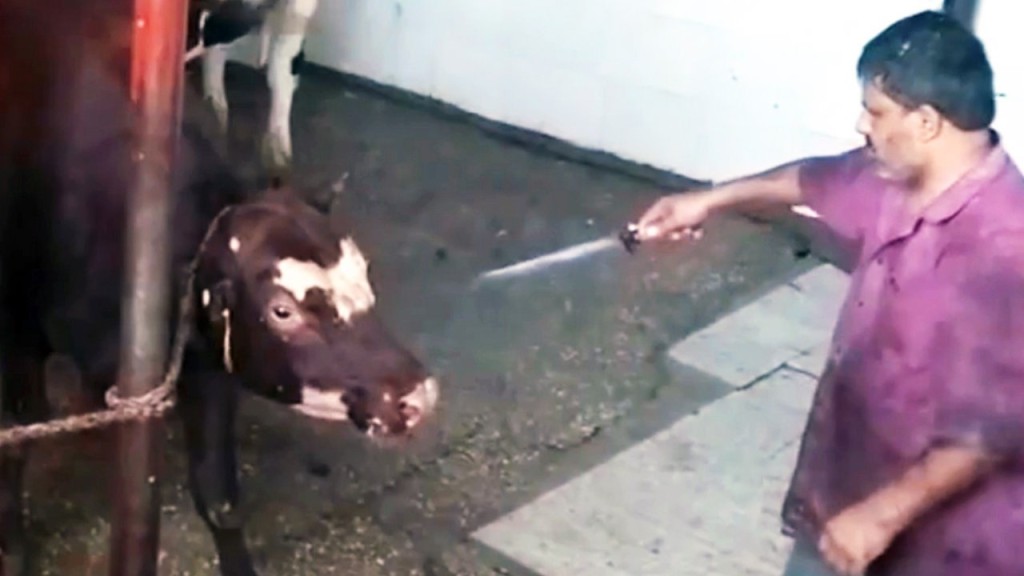
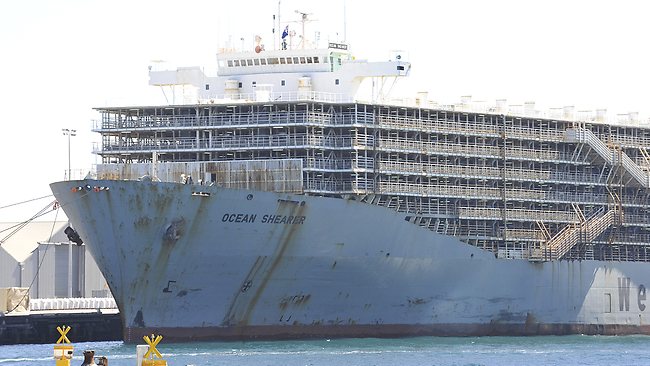
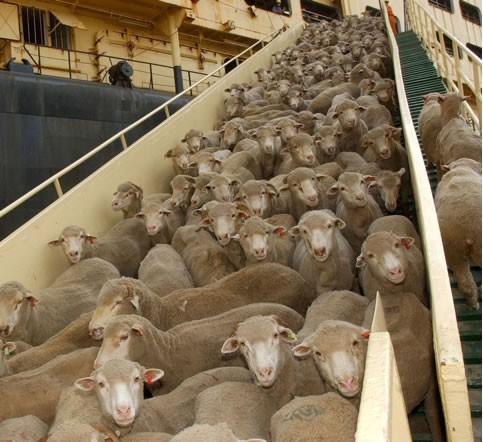

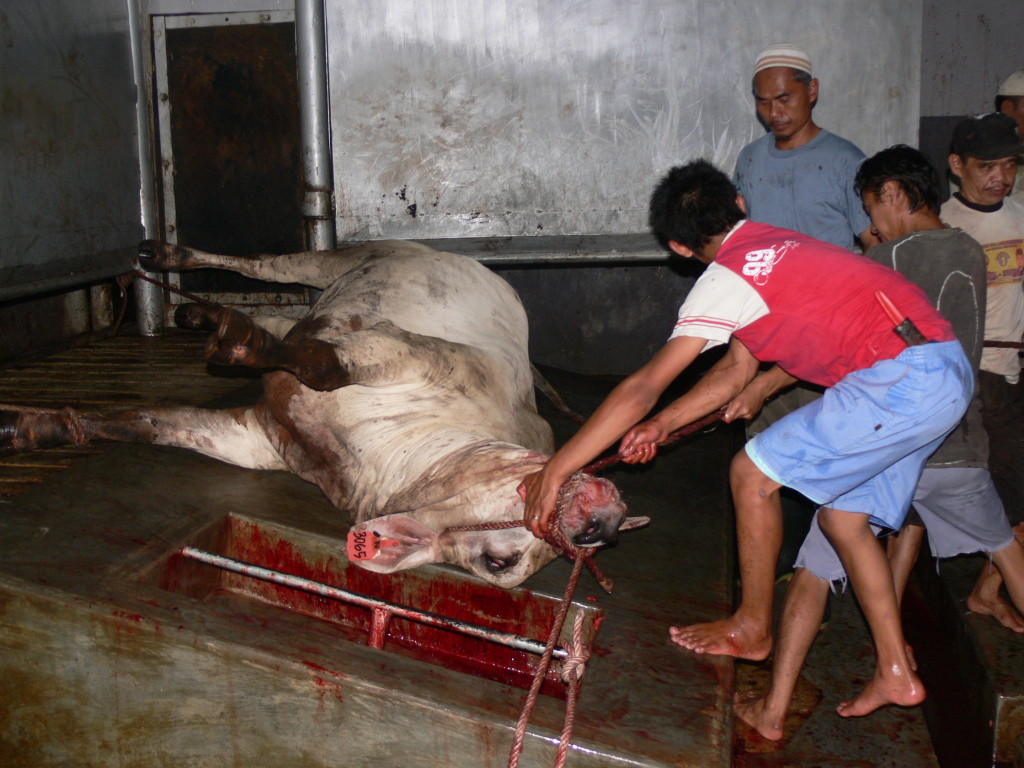
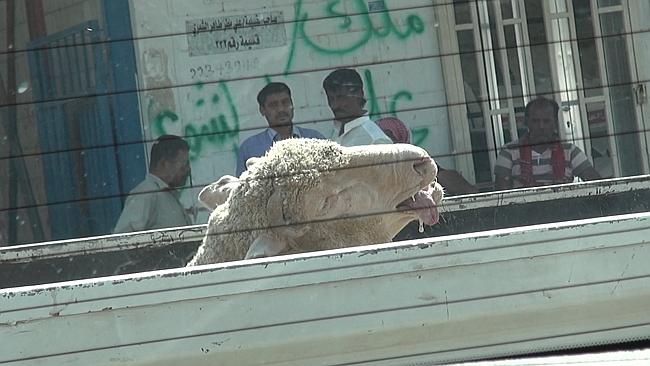
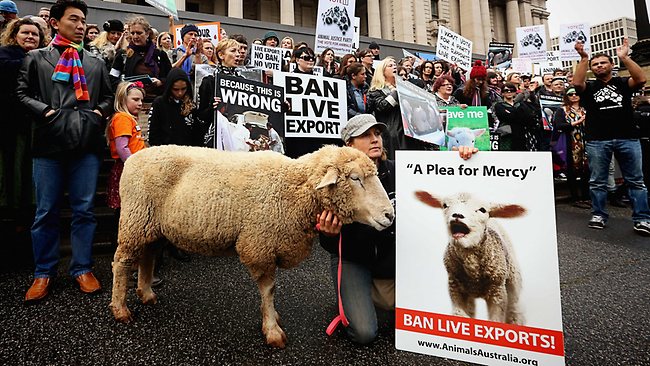
Follow Their Turn